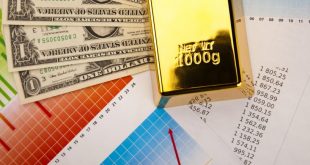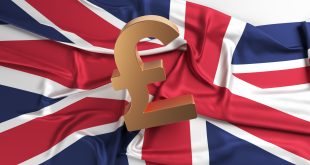The Australian dollar eased on Tuesday as global stocks underperformed while investors remain concerned over China’s economy and COVID lockdowns. At the start of the week, traders favoured the pledges of more stimulus from China’s government over the prospects of a prolonged lockdown in various regions of the nation that still struggles with the pandemic.
“The government’s dynamic zero-COVID policy will remain in place through 2022, preventing a return to normalcy and limiting the effectiveness of new fiscal and monetary stimulus measures,” warned S&P Global, adding that real GDP growth will possibly slow from 8.1% in 2021 to 4.3% in 2022.” “New geopolitical, financial, or supply-side shocks could tip the world economy into recession.”
With central banks in the picture, the US dollar’s appeal has been hit due to other central bankers speaking out and carrying hawkish rhetoric. The DXY index, which measures a basket of currencies vs. the US dollar printed a fresh one-month low on Tuesday after European Central Bank President Christine Lagarde said eurozone interest rates will likely be in positive territory by the end of the third quarter. This supported the euro in a correction higher and weighed on the greenback.
As for the Reserve Bank of Australia, consumer spending seems to have held up well to the Reserve Bank of Australia’s first hike in interest rates earlier this month. However, some of the data of late may not have met the mark.
The Wage Price Index (WPI) came in below expectations in the first quarter at a low 0.7% QoQ (0.65%), the same rate as in the fourth quarter 2021, this could suggest the RBA is likely to hike the cash rate another 25bp in June, rather than a larger 40 or 50bp hike.
The wage and employment data has not met Governor Lowe’s threshold of need to be “a very strong argument for the RBA to deviate from moves of 25bp in coming months. Particularly when the minutes from the May meeting highlighted that the Board meets monthly, so has the opportunity to review the setting of interest rates again within a relatively short period of time.
Markets are priced for quarter-point rises in the 0.35% cash rate in both June and July, and a half-point hike in August following what is likely to be another alarming inflation report.
Looking ahead, the RBA Assistant Governor Luci Ellis is due to speak and could expand on the central bank’s own outlook for policy.

 Noor Trends News, Technical Analysis, Educational Tools and Recommendations
Noor Trends News, Technical Analysis, Educational Tools and Recommendations




